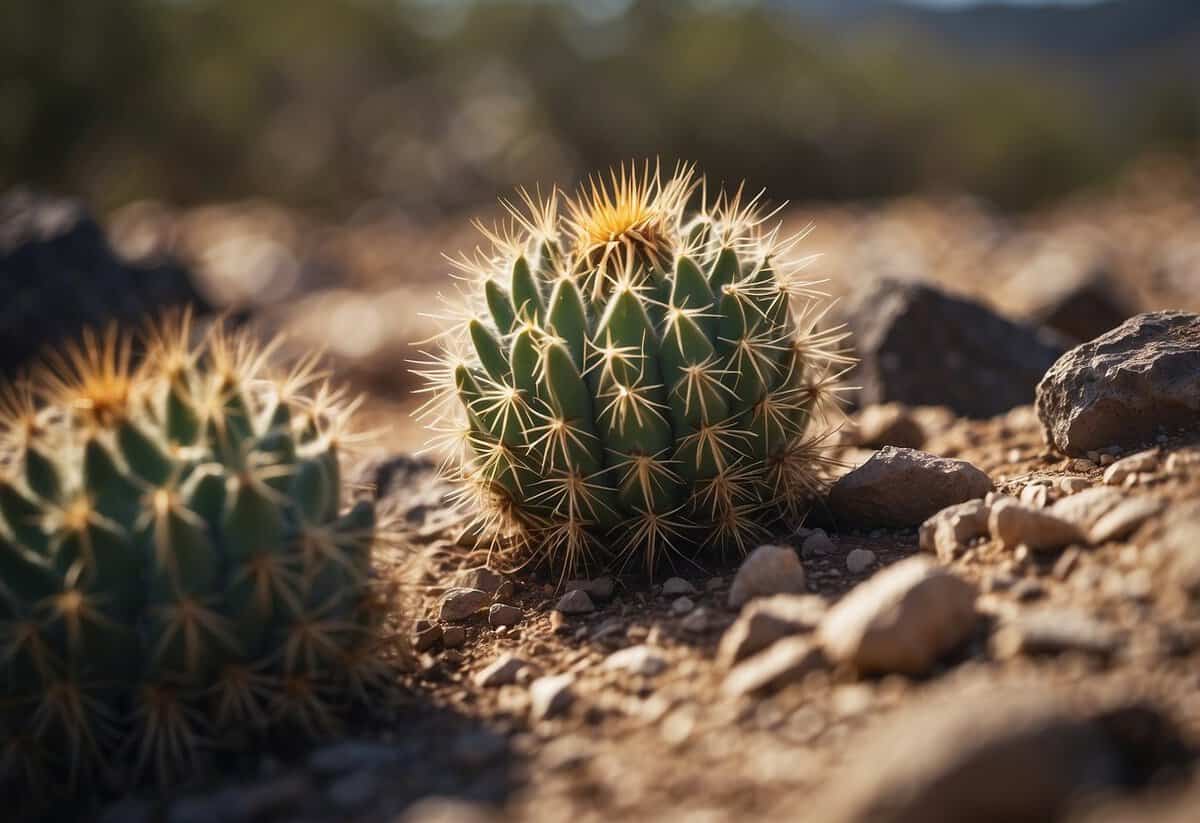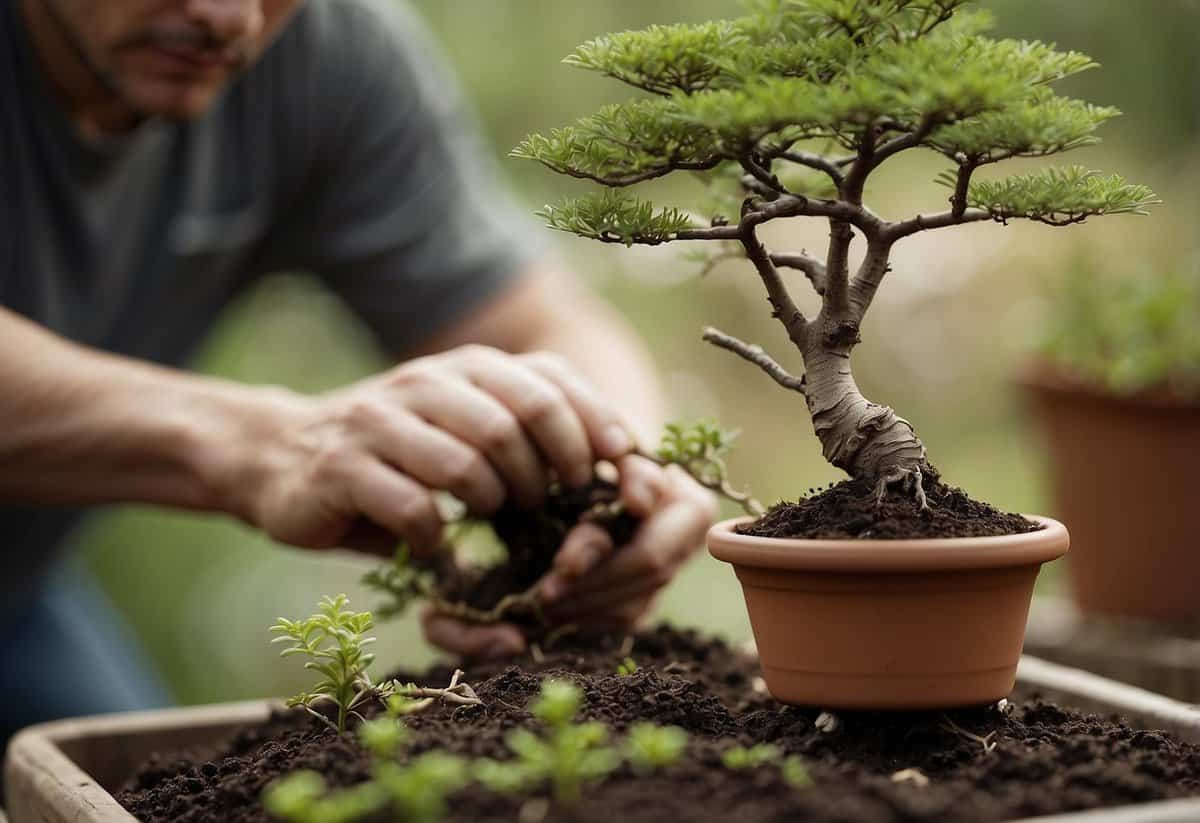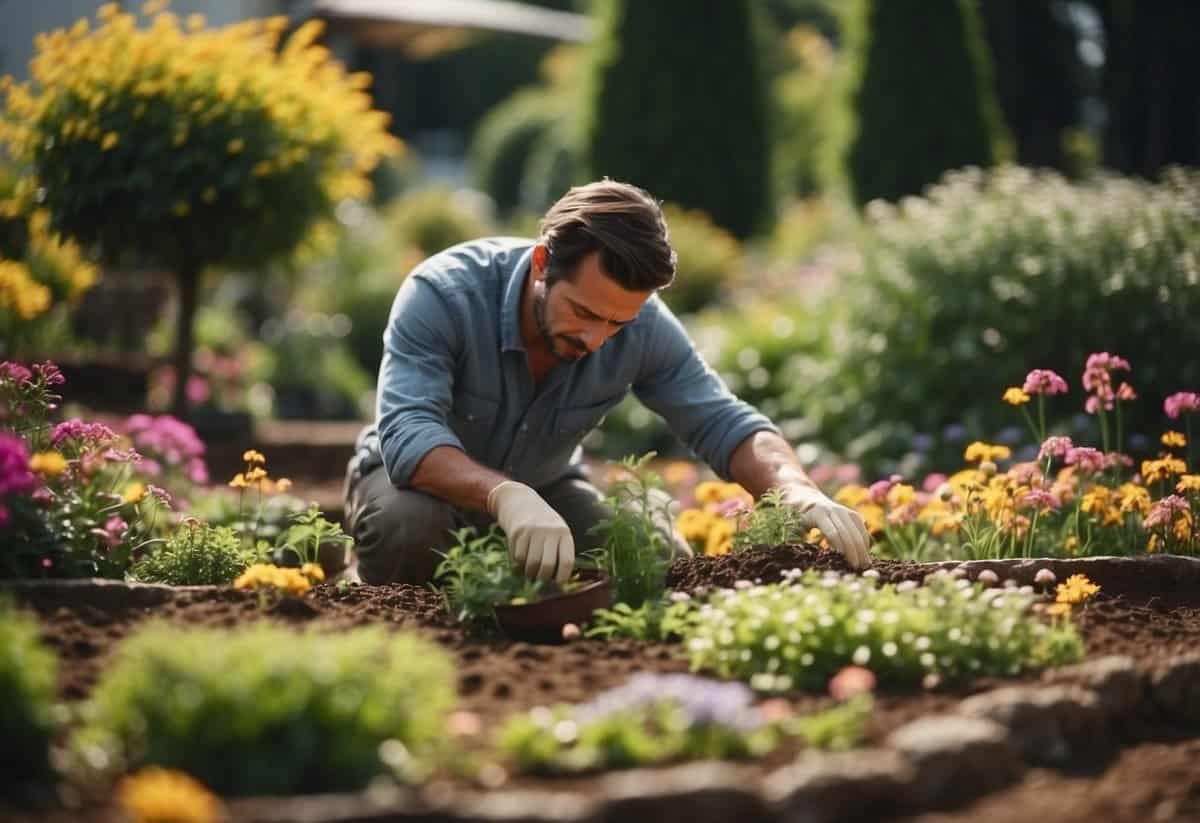What is the Hardest Thing to Plant? Expert Tips to Succeed
Have you ever wondered what the hardest thing to plant is? Many gardeners face challenges when trying to grow certain plants. Some plants require specific conditions to thrive, making them tough to cultivate indoors or in certain climates. Whether it’s the delicate Gardenia or the finicky Orchid, these plants can be quite a test of your green thumb.

For instance, Gardenias need precise humidity levels and indirect sunlight. Meanwhile, orchids such as the Moth Orchid are known for their irregular watering needs and light requirements. These factors can make success feel like an elusive goal.
If you’re up for a challenge, trying to grow these difficult plants can be very rewarding. Imagine the joy of seeing a beautiful gardenia bloom or a vibrant orchid flowering in your home. Ready to test your gardening skills? Dive in and discover what makes these plants so difficult and how you can succeed in growing them!
Understanding Plant Hardiness

When choosing plants for your garden, understanding plant hardiness is crucial. Knowing the factors that influence plant growth and recognizing the hard-to-plant varieties can help you make informed decisions.
Factors Influencing Plant Growth
Several factors play a vital role in how well your plants will grow. Soil quality is essential. It should be rich in nutrients, well-drained, and suitable for the specific type of plant. Climate and weather conditions, like temperature and humidity, also impact plant growth.
Sunlight is another important factor. Some plants need full sun, while others thrive in shade. The growing season length varies based on your location’s hardiness zone. Each zone has a specific range of average annual minimum winter temperatures. For an detailed mapping of these zones, you can check the USDA Plant Hardiness Zone Map.
Recognizing Hard-to-Plant Varieties
Some plants are more challenging to grow due to specific needs. Tropical plants, for example, often require high humidity and warm temperatures year-round, which can be hard to achieve in temperate zones.
Plants like blueberries need acidic soil, so they may not thrive in areas with alkaline soil. Moreover, plants that need a long growing season might struggle in regions with short summers. Understanding these characteristics can help you select appropriate varieties for your garden. For a comprehensive guide on plant hardiness zones, refer to the USDA Plant Hardiness Zone Map.
Preparation and Planting Techniques

For difficult plants, the right soil preparation, careful watering, and selecting proper seeds are crucial. Ensuring these steps will help you achieve successful growth.
Soil Preparation
Clear your planting area of rocks and debris. Loosen the soil to a depth of at least 8 to 12 inches. This allows roots to reach down effectively.
Adding organic matter is essential. Compost and aged manure improve soil structure by adding nutrients and enhancing drainage. Test your soil to identify any nutrient deficiencies and pH imbalances. If needed, use fertilizers to address these issues.
Build raised beds if you have compact or poor soil. This helps with drainage and warms the soil quicker in spring, providing a better environment for your plants.
Watering Requirements
Watering needs vary based on the plant species. Some plants require consistently moist soil, while others prefer drying out between waterings. Drip irrigation systems are often best for hard-to-grow plants as they provide consistent moisture without waterlogging.
Monitor the soil moisture regularly. Stick your finger about an inch into the soil; if it feels dry, it’s time to water. Mulching around your plants helps retain soil moisture and reduces evaporation, maintaining a stable environment for your plants.
Be cautious not to overwater. Poor drainage can cause root rot, especially in heavy or clay soils. Ensure your soil has good drainage to keep water from pooling around the roots.
Selecting the Right Seeds
Choosing the right seeds is critical for success. Look for seeds that are specifically bred to withstand the challenges you’re facing, such as drought-resistant or disease-resistant varieties.
Check the planting dates for your region to ensure the seeds will thrive in your climate. Follow the seed packet instructions for proper spacing, depth, and germination time.
Consider starting seeds indoors if you’re dealing with a short growing season or challenging weather conditions. This gives your plants a head start and increases the chances of successful transplantation and growth once they are moved outdoors.
Caring for Challenging Plants

Growing difficult plants can be rewarding, but it requires attention to specific needs such as preventing pests and diseases, catering to the unique requirements of tropical plants, and troubleshooting common problems.
Pest and Disease Management
Keeping pests and diseases at bay is crucial for healthy plants. Aphids, spider mites, and scale insects often target houseplants and can lead to severe damage if not addressed promptly. Regularly check plants for signs of infestation, such as discolored leaves or sticky residue.
To manage pests, you can use insecticidal soap or neem oil. Ensure you apply these treatments uniformly to cover all leaf surfaces. Fungus, like powdery mildew, can be common in environments with poor air circulation. Keep space between your plants and use a fan to improve airflow.
Monitor for root rot, especially in moisture-loving plants like succulents and orchids. Ensure pots have proper drainage to prevent water from stagnating around plant roots.
Special Needs for Tropical Plants
Tropical plants, such as the zebra plant and monstera, have specific care needs that differ from other houseplants. They thrive in high humidity environments and require consistent temperatures. Mimic their natural habitat by using a humidity tray or a humidifier.
These plants should be placed in a spot with indirect light. Direct sunlight can cause leaf burn. Regular watering is essential, but avoid overwatering. Tropical plants prefer their soil to be slightly moist, not soggy.
Some tropical plants are sensitive to cold. Protect them from drafts and sudden temperature changes. During winter, maintain a stable indoor temperature to keep them healthy.
Troubleshooting Common Issues
Common issues with challenging plants include yellowing leaves, stunted growth, and leaf drop. Yellow leaves can indicate overwatering or poor drainage. Ensure your pots have drainage holes and allow the soil to dry slightly between waterings.
Stunted growth may result from inadequate light. Move the plant closer to a light source or use a grow light. Leaf drop can be due to sudden temperature changes or low humidity. Maintain stable conditions and consider misting the plants regularly.
For plants like orchids, adjust your care routine based on their growth cycles. They may require different watering and feeding schedules at different times of the year. Stay observant and be ready to adapt your care regimen as needed.
These steps will help you manage the challenges of growing difficult plants and keep them thriving.
Houseplants and Indoor Gardening

To successfully grow houseplants indoors, it’s important to know which plants suit your environment and how to care for them. The key factors include light, humidity, and watering practices.
Choosing the Right Indoor Plants
Not all houseplants are the same. Some thrive better inside than others. For beginners, hardy plants like the Snake Plant and Rubber Tree are great choices. They require minimal care and can tolerate lower light levels and irregular watering.
Plants like the Boston Fern and Orchid need higher humidity and indirect sunlight to thrive. If you enjoy a challenge, consider the Zebra Plant, which demands consistent moisture and high humidity. These varied needs make plant selection crucial for a successful indoor garden.
Maintaining an Indoor Garden
Maintaining houseplants involves more than just watering. Each plant has its own specific needs. Consistent moisture is essential for plants like the Banana Plant, while others like the Yucca prefer drier conditions.
Humidity is another factor. Using humidity trays or grouping plants together can help increase the humidity around plants like the Calathea and Zebra Plant. Pay attention to light: Parlor Palms and Boston Ferns need bright but indirect sunlight, so placing them near windows with filtered light is ideal.
Regularly check for pests and remove dead leaves to keep your plants healthy. Adjust your care routine to the seasons, as indoor conditions can change with the weather. This detailed attention ensures a thriving and lush indoor garden.
Seasonal and Ornamental Gardening

Creating a vibrant and functional garden involves choosing plants that not only look beautiful but also thrive throughout the year. Understanding seasonal gardening and selecting the right ornamental plants are key to achieving both colorful blooms and bountiful harvests.
Planting for Colorful Blooms
When planning for colorful blooms, selecting a mix of annuals and perennials is essential. Annuals like marigolds and petunias provide long-lasting color throughout the growing season, while perennials such as daylilies and coneflowers return year after year, filling your garden with reliable beauty.
Ornamental plants like cranesbill (hardy geraniums) are noteworthy for their resilience and stunning pink and purple flowers. These plants bloom from late spring through summer and can withstand tough conditions, perfect for a low-maintenance garden.
Using a well-thought-out planting strategy ensures that your garden remains colorful from spring to fall. Consider planting spring bulbs like tulips and daffodils, followed by summer bloomers such as roses and sunflowers, and finally adding chrysanthemums to extend the show into autumn.
Growing Edible Gardens
If you want to grow an edible garden, it’s important to match the plants to the seasons. In spring, plant cool-weather vegetables like lettuce and peas. Summer is ideal for tomatoes, cucumbers, and sweet potatoes, which thrive in the heat.
For a fall harvest, try planting kale, carrots, and beets. These vegetables grow well in cooler temperatures and can be harvested before winter sets in. Additionally, consider perennial fruits such as raspberries and blackberries, which provide delicious returns year after year.
Including herbs like basil, mint, and rosemary not only enhances your edible garden’s variety but also adds flavor to your cooking. Herbs are relatively easy to grow and can be planted in both garden beds and containers, making them versatile for any garden setup.
Combining these practices will help create a garden that is both beautiful and productive, providing you with vibrant flowers and fresh food throughout the growing seasons.







